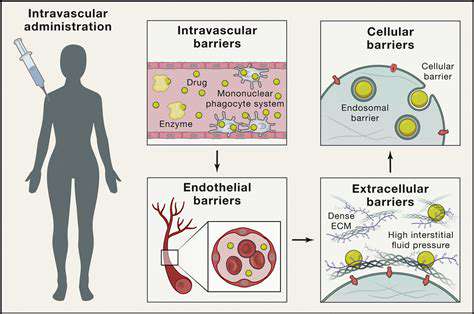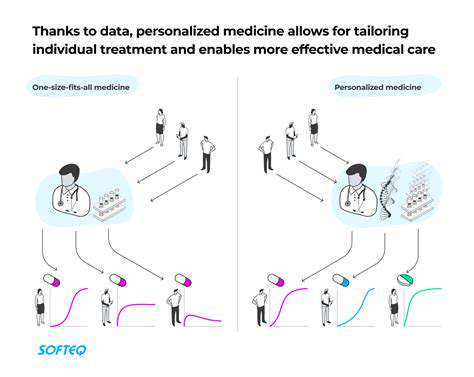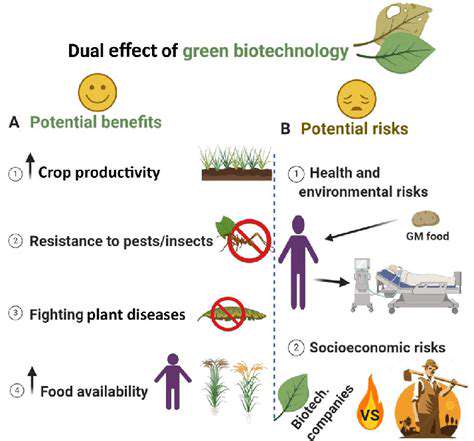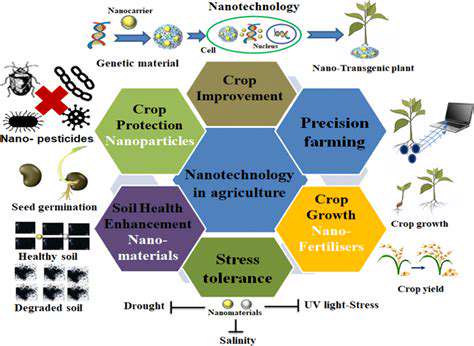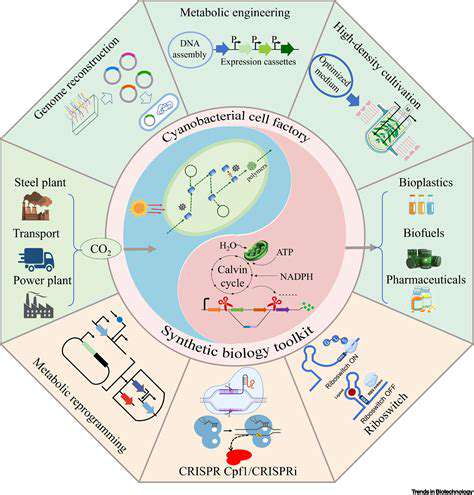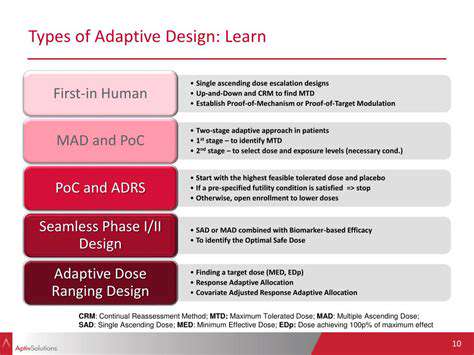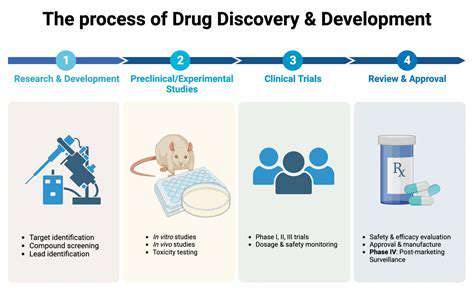Armed with structural knowledge, scientists can create modified versions of the natural compound. These analogues might enhance therapeutic effects while minimizing undesirable side effects. The entire isolation and characterization process often requires multiple iterations, with each cycle refining both the purity of the compound and the understanding of its properties.
From Lead Compounds to Clinical Trials
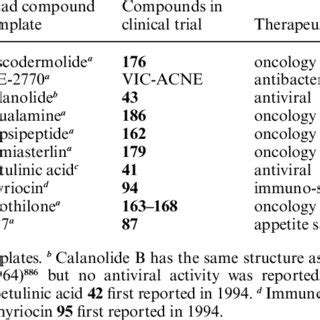
Lead Compound Identification and Characterization
The search for promising drug candidates begins with identifying molecules that show biological activity against a specific target. Modern drug discovery employs sophisticated screening platforms that can test thousands of compounds simultaneously. High-content screening provides multidimensional data about how potential drugs affect cellular systems, going beyond simple activity measurements to reveal mechanisms of action.
Comprehensive characterization of lead compounds forms the foundation for all subsequent development. Researchers analyze physical and chemical properties, stability under various conditions, and preliminary toxicity profiles. This information helps predict how the compound will behave in biological systems and guides decisions about which structural features to preserve or modify during optimization.
Target Validation and Biological Activity
Understanding the relationship between a compound and its molecular target requires careful experimentation. Modern target validation combines genetic, biochemical, and pharmacological approaches to establish causality between target modulation and therapeutic effect. Researchers use techniques ranging from gene knockdowns to advanced imaging to visualize drug-target interactions in real time.
Biological activity assessment extends beyond simple potency measurements. Researchers evaluate compounds in increasingly complex systems, from purified proteins to whole organisms. This progressive testing approach helps identify compounds that maintain activity in physiologically relevant environments while providing early warnings about potential toxicity or metabolic instability.
Optimization and Modification of Lead Compounds
Lead optimization represents both an art and a science in drug discovery. Medicinal chemists make strategic modifications to improve multiple drug properties simultaneously. This process requires balancing often competing objectives: increasing potency while maintaining selectivity, improving solubility without compromising membrane permeability, and enhancing metabolic stability while preserving activity.
Drug Metabolism and Pharmacokinetics
The body's handling of a drug molecule can determine its success or failure as a medicine. Modern ADME studies employ sophisticated in vitro systems and predictive algorithms alongside traditional animal studies. These approaches help identify potential metabolic liabilities early, allowing chemists to modify problematic structures before significant resources are invested.
Preclinical Safety and Toxicity Studies
Comprehensive safety testing represents the final gate before human trials. Researchers employ a tiered testing strategy, beginning with short-term studies in normal cells and progressing to long-term studies in disease models. Specialized assays detect subtle effects on cardiac, hepatic, and neurological function, while genomic and proteomic analyses reveal potential off-target effects at the molecular level.
In Silico Modeling and Computational Approaches
Computational methods have revolutionized early drug discovery. Advanced algorithms can predict absorption characteristics, metabolic hotspots, and potential toxicity issues before synthesis begins. Machine learning approaches analyze vast datasets to identify hidden patterns that human researchers might miss, accelerating the identification of promising candidates while reducing reliance on animal testing.

